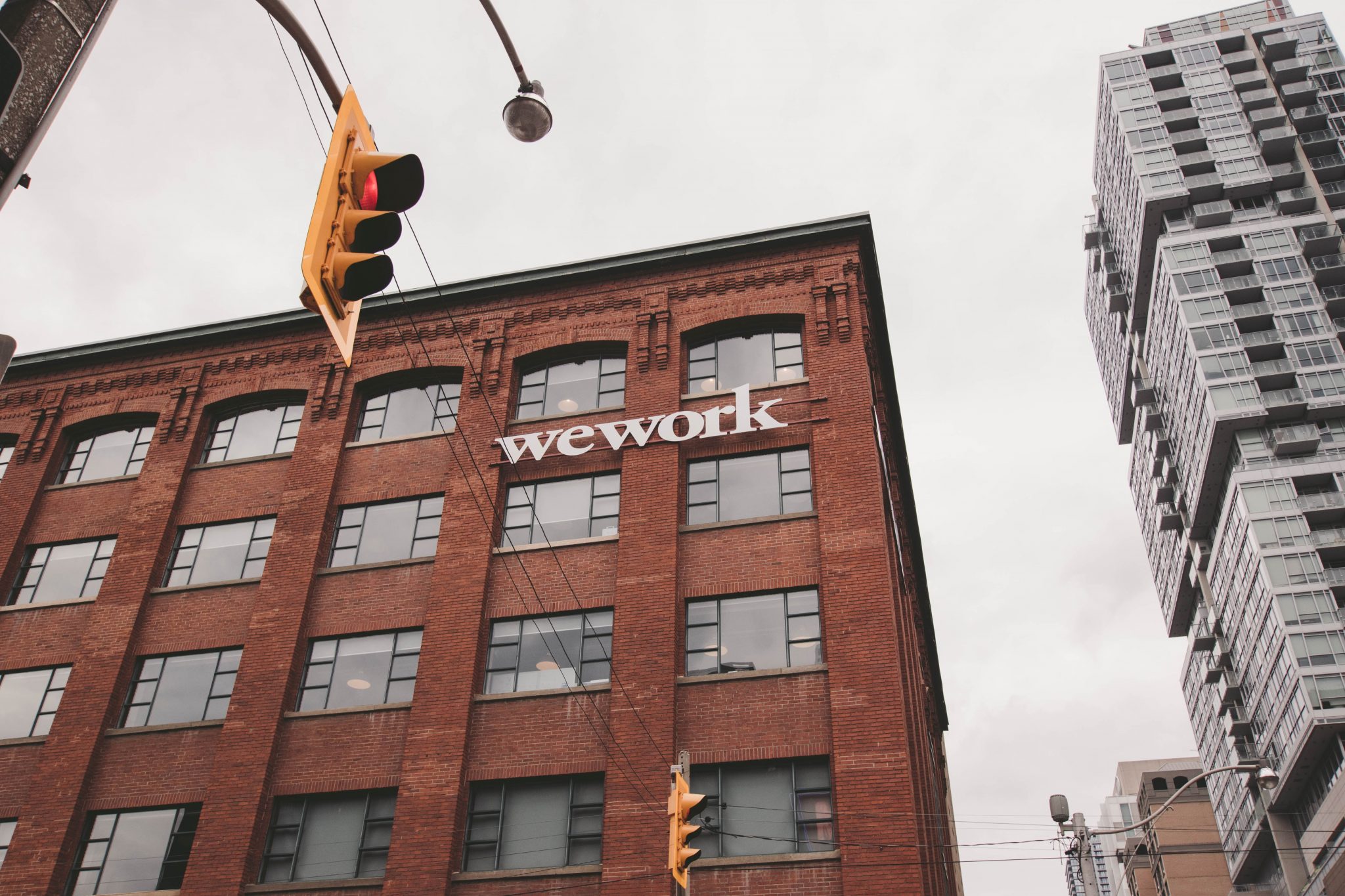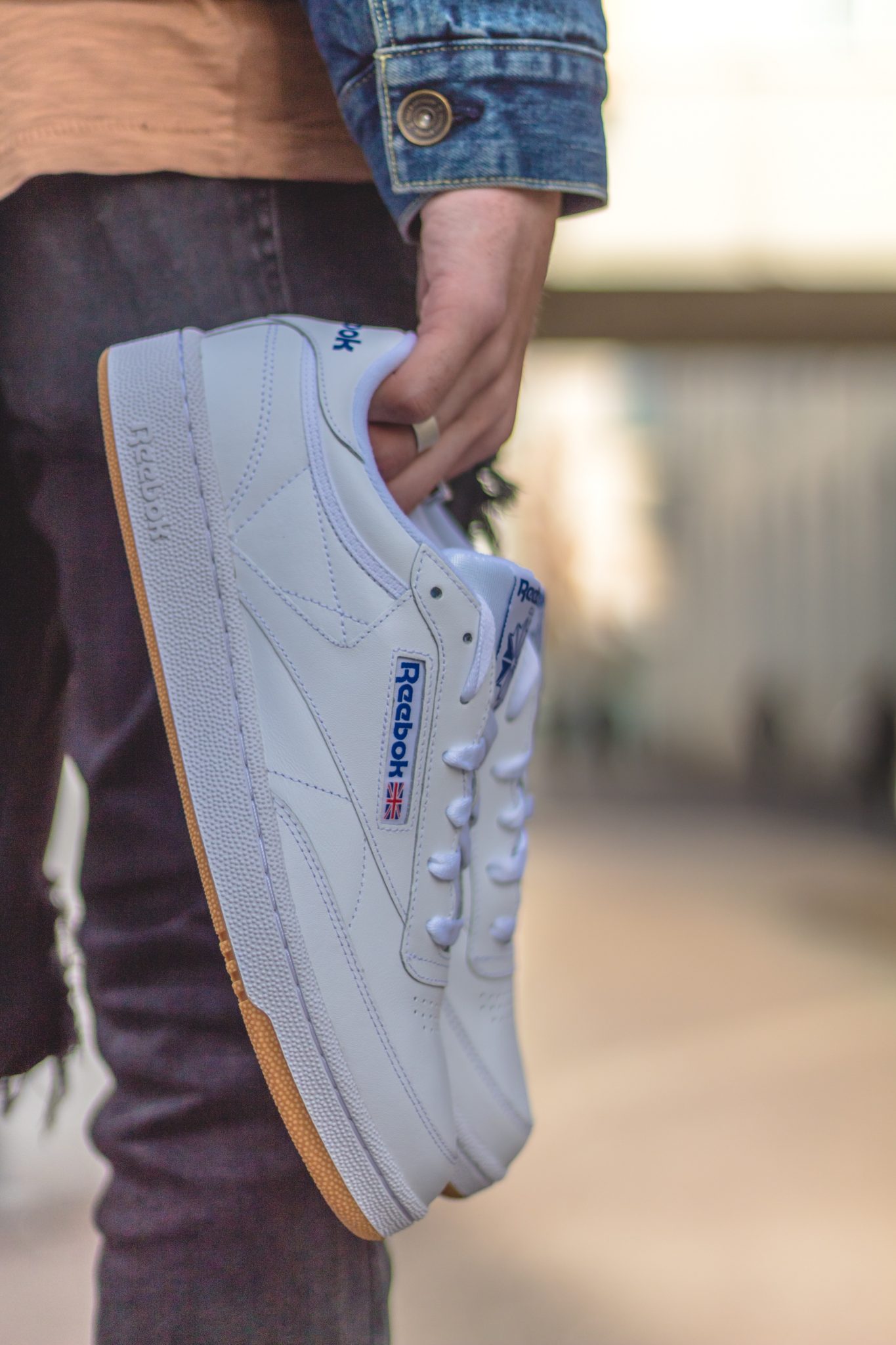“Life is like riding a bicycle. To keep your balance, you must keep moving.” -Albert Einstein
At The Garage Group, we invest a lot of energy in reading the pulse of consumer behavior. Consumers are essential to every business, and understanding their needs and desires – and the zeitgeist underlying those – is key to mining pain points and helping our clients solve for Jobs To Be Done. We look to trends and their executions to engage in associative thinking and inspire applications within categories, as well as in adjacent and analogous spaces. When we employ associative thinking, we essentially connect the dots to link one idea or thought to another. As those dots come together, it becomes easy to envision how a trend execution in one category might be applied in a different industry space to solve a similar challenge. And, in fact, Warby Parker looked outside of the eyewear category – to Apple – in creating its in-store experience model. And Apple studied the customer service infrastructure of luxury hotelier Ritz-Carlton before it moved into retail.
As we reviewed our trend inspiration sources from the past year, 4 Macro Trends repeatedly had applicability across industries and opportunity spaces. And, as we considered these trends, two themes rose to the surface: circles and balance. Like riding a bicycle, round tires and perpetual motion keep these trends moving forward. And businesses who will win with customers will also keep moving forward with innovative thinking and implementation. We believe they have the traction to pedal into the new year.
Health Halo

Across demographics, consumers balance their efforts toward holistic health and wellness by giving occasional decadent indulgence a seat at the table; and wearables and apps increasingly play a role in collecting data and guiding consumers to being their best selves. Be Mixed is leading the “clean drinking movement” by offering flavorful and good-for-you cocktail mixer options. They use a blend of natural flavor extracts, all-natural and zero-calorie sweeteners that are also high in antioxidants to deliver taste and mindful indulgence. On the horizon is Lumen, an app and device for losing weight that helps consumers develop a healthy nutritional diet and lifestyle. While most products on the market rely exclusively on algorithms that track daily caloric intake and exercise, this high-tech gadget measures the user’s metabolism directly and integrates data with the app to coach consumers on how to achieve their nutrition and fitness goals.
A Circular Economy

Fueled by “waste not” sentiments and the adoption of the sharing economy, consumers are embracing a future economic model that is circular by design. The adoption of the sharing – or peer-to-peer – economy has also laid a foundation embracing a circular economic model as consumers use shared services such as Airbnb, Uber, and WeWork on a daily basis. Outdoor lifestyle brand Timberland offers rubber products with an initial life as automobile tires; when the tread becomes worn, the tires get new life as contributors to the makeup of rubber soles for Timberland boots. Eileen Fisher has been a leader in this in the fashion industry which saw several new entrants in the circular economy in 2018 including Nike, H&M, Burberry, Gap, and Stella McCartney. Their efforts broadly encompass retaining the highest value of textiles for the longest length of time and with preconceived uses for both by-products and discarded clothing. Online fashion rental provider, Rent The Runway, supports a circular economy with a different tack with its shared clothing model: less pollution from fewer clothes produced and then extending the life cycle of rentals through sample sales and donations to nonprofits.
Personalization

Consumers want to be seen as valuable individuals, but the overwhelming and constant stream of social media places value on others. Brands that reach out to consumers as distinct individuals resonate. Inspired by NASA, Reebok has developed a sports bra with Motion Sense Technology that responds to a woman’s movement using a fluid and adaptable substance in its makeup. Reebok sees limitless possibilities for incorporating the technology into other apparel that adapts to the unique movements of any individual. Proven offers personalized skin care and uses artificial intelligence (AI) to create tailor-made skin care formulas based on an individual’s genetics, environment, lifestyle, and skin concerns and goals. Powered by the largest beauty database in the world, Proven combines technology with individual care to make beauty personal. Stem furniture takes personalization home with its belief that the furniture inside one’s residence should be as unique as the occupant(s). Each piece is designed by the dweller – with professional help available – on the Stem website and made to order using eco-friendly materials. Factor in its business model, and Stem may be the “poster brand” for all four of our macro trends.
Reshape Business Models

Constantly shifting consumer expectations necessitate that businesses must keep moving forward, introducing innovative new business models and channels as well as products and services. Direct-to-consumer (DTC) brands solved for customer pain points of uncomfortable or inconvenient shopping experiences; and new bricks & mortar concepts are likewise solving for consumer pain points with online shopping. Retailers who solve for both and deliver engaging, comfortable, personal, and satisfying shopping experiences will win and thrive. And, they will recognize the need to keep moving to maintain both balance and relevance. Recognizing that direct interaction provides opportunities to build relationships with consumers as well as create memorable moments, Warby Parker has added bricks and mortar locations to its DTC business model and leveraged customer data it gathered online to help strategically guide the location of each new physical store. DTC mattress brand Casper and clothier Everlane have made similar strategic moves. And, as brands of all sizes consider changing the shapes of their business models, strategic partnerships also come into play. Earlier this month Kroger and Walgreens announced a partnership that marries the grocery expertise of one with the health, beauty, and pharmacy knowledge of the other. The pilot offers consumers more options for convenient shopping that fits their personal time schedules.
Looking to a new year, continuing to move forward – as Einstein suggested – will help us and our clients maintain balance as consumer behavior and trends continually change. How might the examples above be applied to your business to solve a similar challenge and propel innovation?

